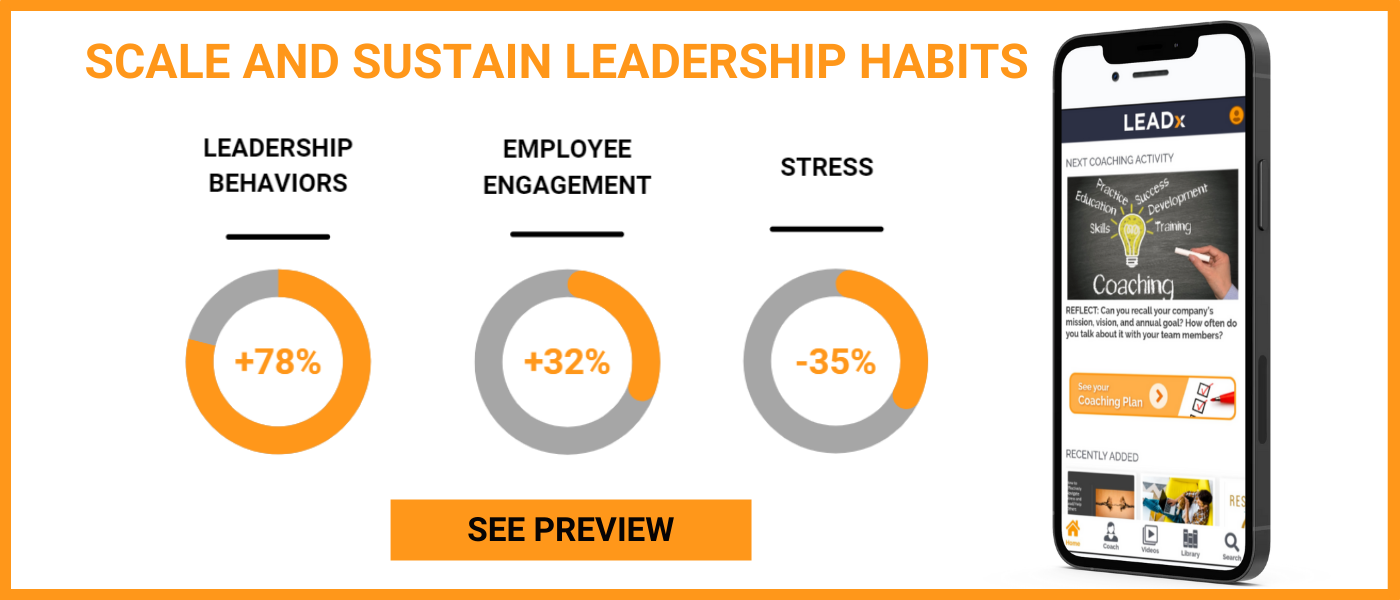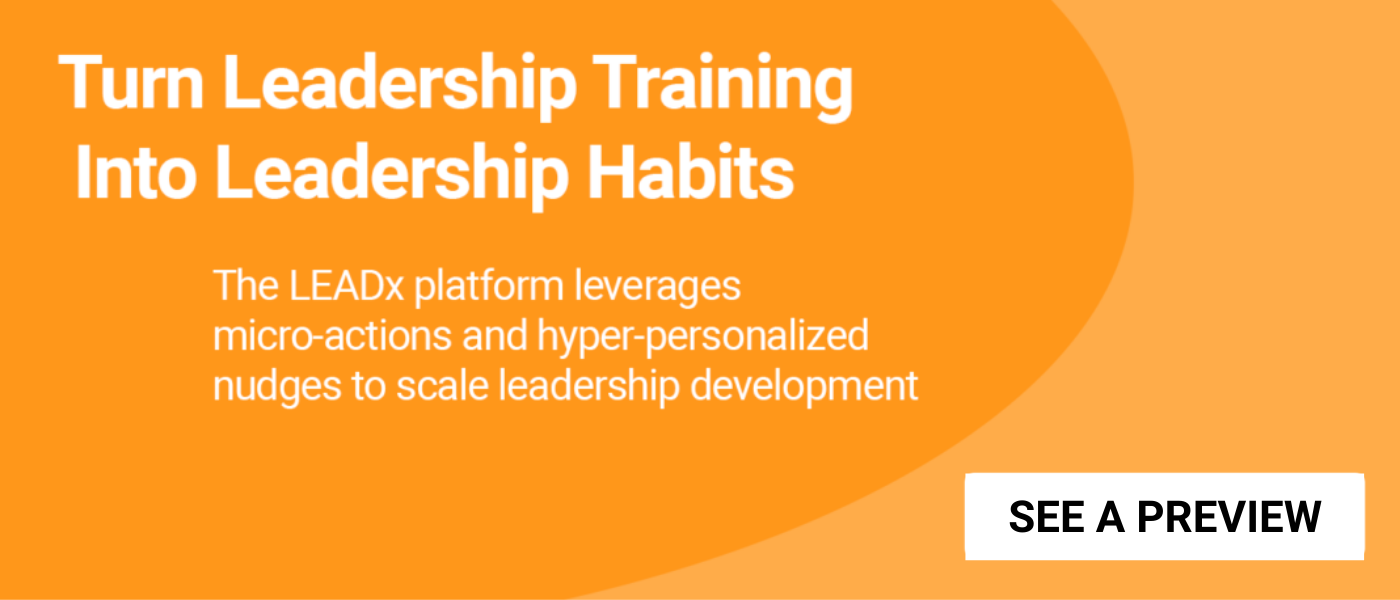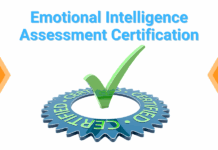
The Learning & Development (L&D) field, since its inception, has found itself pigeonholed into a reactive, order-taking role. Dating as far back as the Industrial Revolution and the First World War, organizational L&D functions began to close the skill gaps determined by managers in the manufacturing industry. Despite its expansion and advancement in expertise more than a century later, L&D still grapples with this deep-seated order-taking mentality imprinted on the industry.
 If L&D wants to evolve into a strategic entity, creating value for the organization, a significant mindset and behavior shift is required. In comes Dr. Keith Keating, author of The Trusted Learning Advisor and Chief Learning Officer (CLO) at BDO Canada to address this challenge. “We [L&D practitioners] must evolve into trusted learning advisors – strategic business partners, deeply integrated and embedded in the business. Our industry’s future hinges on this shift. Remaining mere order takers in an AI-driven era is no longer viable.”
If L&D wants to evolve into a strategic entity, creating value for the organization, a significant mindset and behavior shift is required. In comes Dr. Keith Keating, author of The Trusted Learning Advisor and Chief Learning Officer (CLO) at BDO Canada to address this challenge. “We [L&D practitioners] must evolve into trusted learning advisors – strategic business partners, deeply integrated and embedded in the business. Our industry’s future hinges on this shift. Remaining mere order takers in an AI-driven era is no longer viable.”

The Most Common Problem: Order Taking is Easy
A major hurdle for L&D practitioners in breaking free from this mold is the ease and familiarity of order taking. Keating observes, “There’s a comfort in compliance and complacency, but it’s a short-term ease with long-term consequences. Many of us face burnout fighting against the status quo. Evolving beyond this stage is crucial not just for our personal and professional sanity but also for the progress of our industry. Perpetuating this cycle holds us back from doing our best possible work. And ultimately, we risk irrelevance and stagnation by not pushing boundaries and advocating for what’s best for the business and learners.”
The Solution: Grow Your Self-Awareness
To avoid slipping back into the habit of taking orders, Keating underscores the importance of a mindset shift and enhanced self-awareness to facilitate this transformation. He suggests two pivotal questions:
- Where do you fall on the spectrum from “order taker” to “trusted learning advisor?”
- How do your stakeholders perceive you?
“The reality is in the perception of your stakeholders,” Keating emphasizes. “Your value and effectiveness are measured not just by your self-assessment but significantly by how you are viewed by those you serve. It's like being a leader. I can call myself a leader, but if nobody's willing to be led by me, am I a leader?”
Traits of a Trusted Learning Advisor
Transitioning to a trusted learning advisor involves embodying several critical characteristics according to Keating:
- Promoting continuous, impactful learning experiences.
- Knowing the science of learning and operate accordingly.
- Gaining deep business insights.
- Building credibility and trust through reliability and consistent performance.
- Enhancing communication skills.
- Fostering robust stakeholder relationships, including those outside the “obvious ring” such as the Chief Financial Officer (CFO).
- Practicing authenticity, avoiding the pitfalls of selling.
What to do When You Face Resistance from Stakeholders
Resistance from stakeholders is a common challenge in the transition from order taker to trusted learning advisor. “Despite credentials and experience, even authoring the book on the subject, I encounter resistance,” says Keating. “Recognize this as part of the continuum on the transitional journey. It’s about balancing pushback with strategic relationship-building.”
When considering pushback to stakeholders, Keating advises reflecting on the following three questions:
- “What is the strength of your relationship with the stakeholder?” If this is a brand-new relationship, credibility should be established before pushback. Sometimes, the best way to build credibility is to take the order and execute on it, even if it may not be the preferred solution. By building wins, the credibility can lead to future opportunities to safely pushback if necessary.
- “Is this a fire?” If a house is on fire, it’s unlikely a discussion on the cause will take place before acting. Circumstances may arrive when a stakeholder needs the fire to be put out to ‘stop the pain and minimize the damage’ first. Once extinguished, evaluation on root cause and analysis can take place for preventative future measurements. This question helps determine the level of importance before choosing to pushback or suggest a full needs analysis. If the situation is akin to a fire, the optimal decision is to step in right away and put out the fire.
- “Is this a check-the-box activity?” Often, an order comes through because it’s a non-negotiable, a just-have-to-get-done type task. Asking the stakeholder directly can lead to a transparent and open dialogue. Keating emphasizes, “It might turn out that your stakeholder is an order taker too and really just needs to get that thing done.”
The transformation from an order taker to a trusted learning advisor is more than a mere shift in responsibilities; it's a profound evolution in how L&D professionals view their roles and impact. Keating concludes, “As we move forward, embracing this change is imperative for the growth and relevance of the L&D industry. We're not just implementing learning solutions; we're shaping the future of our organizations. It's time to step into this new era with confidence, equipped with a mindset that values proactive engagement, strategic thinking, and a deep understanding of the intricacies of our businesses. Becoming a trusted learning advisor is a journey, not a destination. The journey may be challenging, but the rewards – both for individuals and organizations – are immeasurable.”






